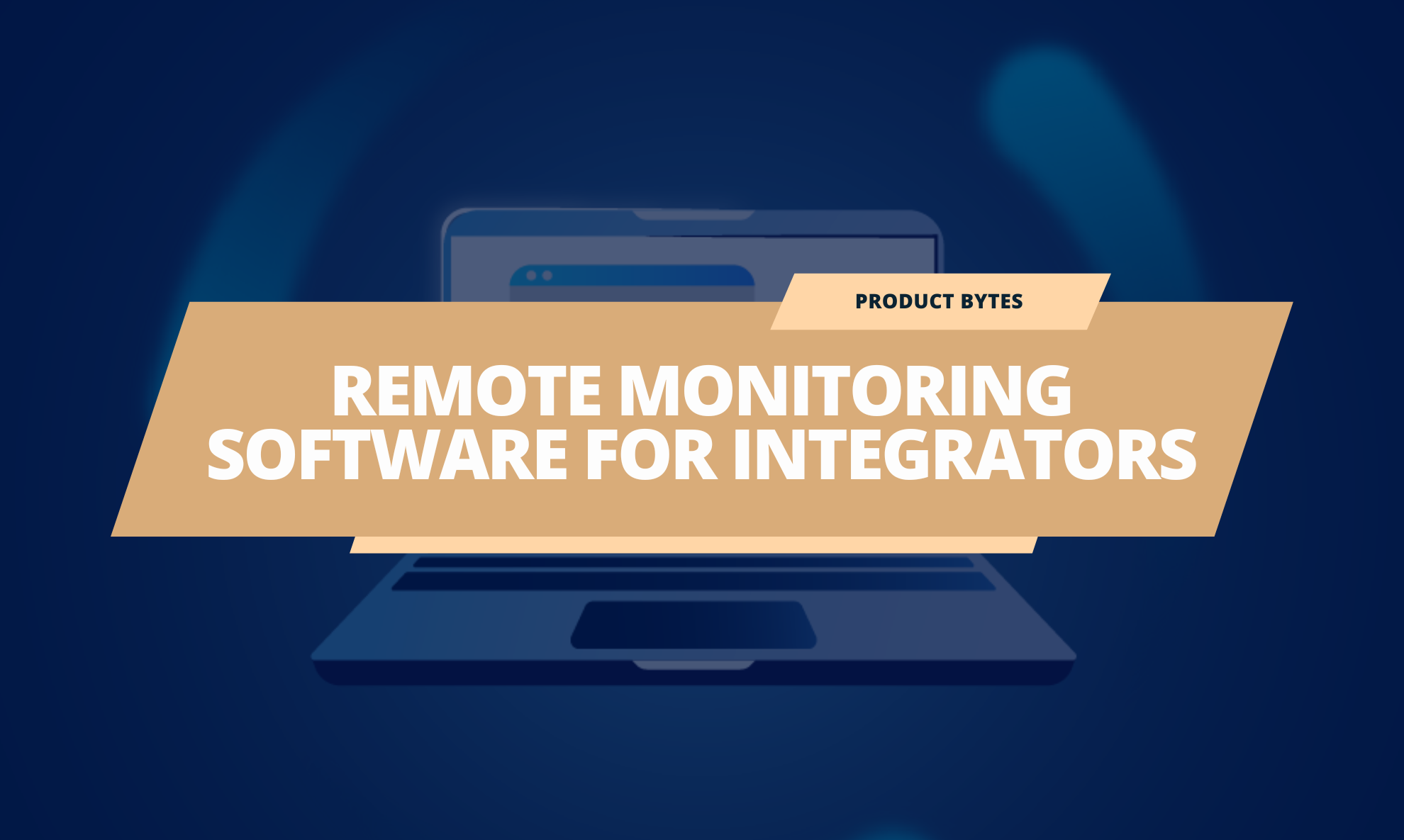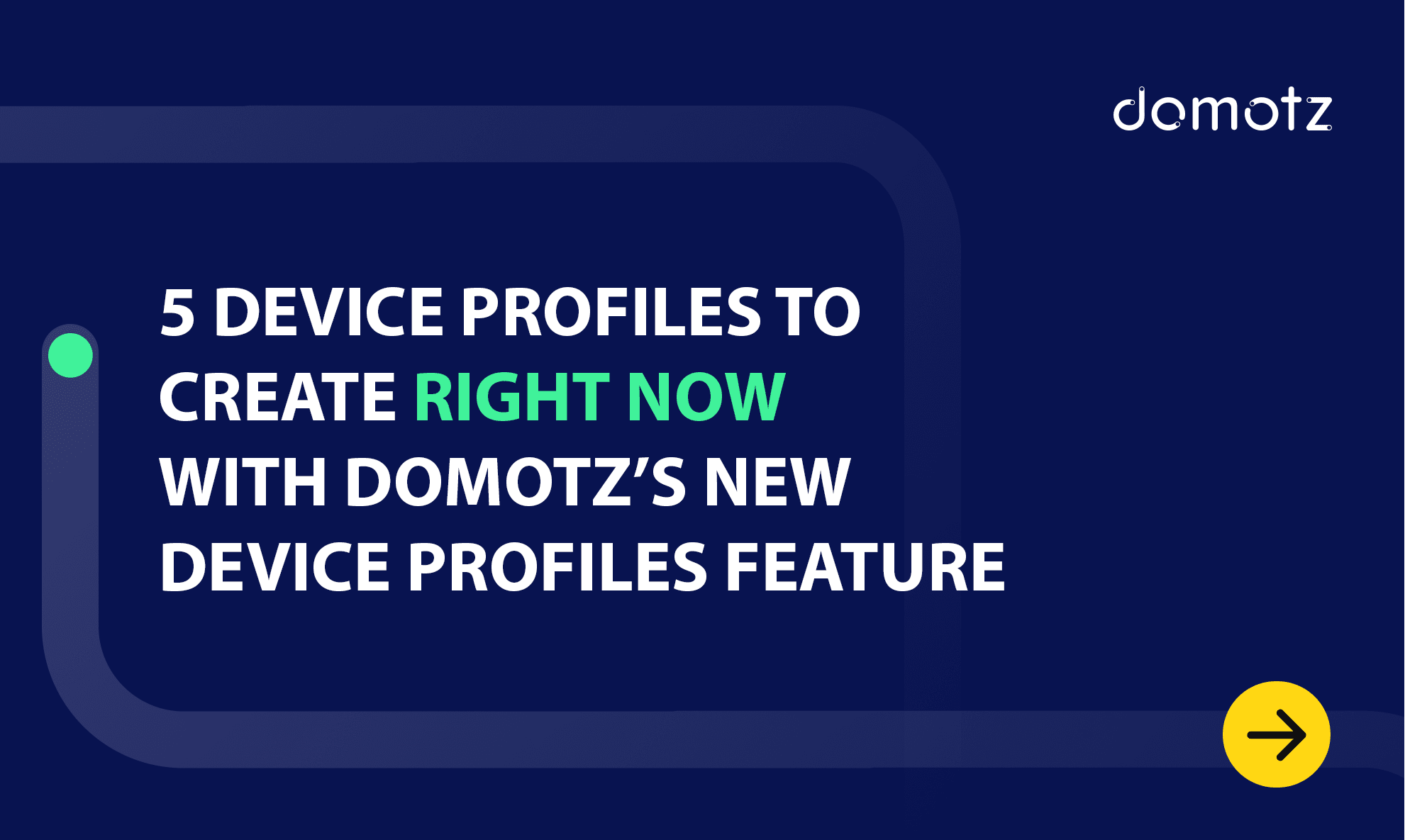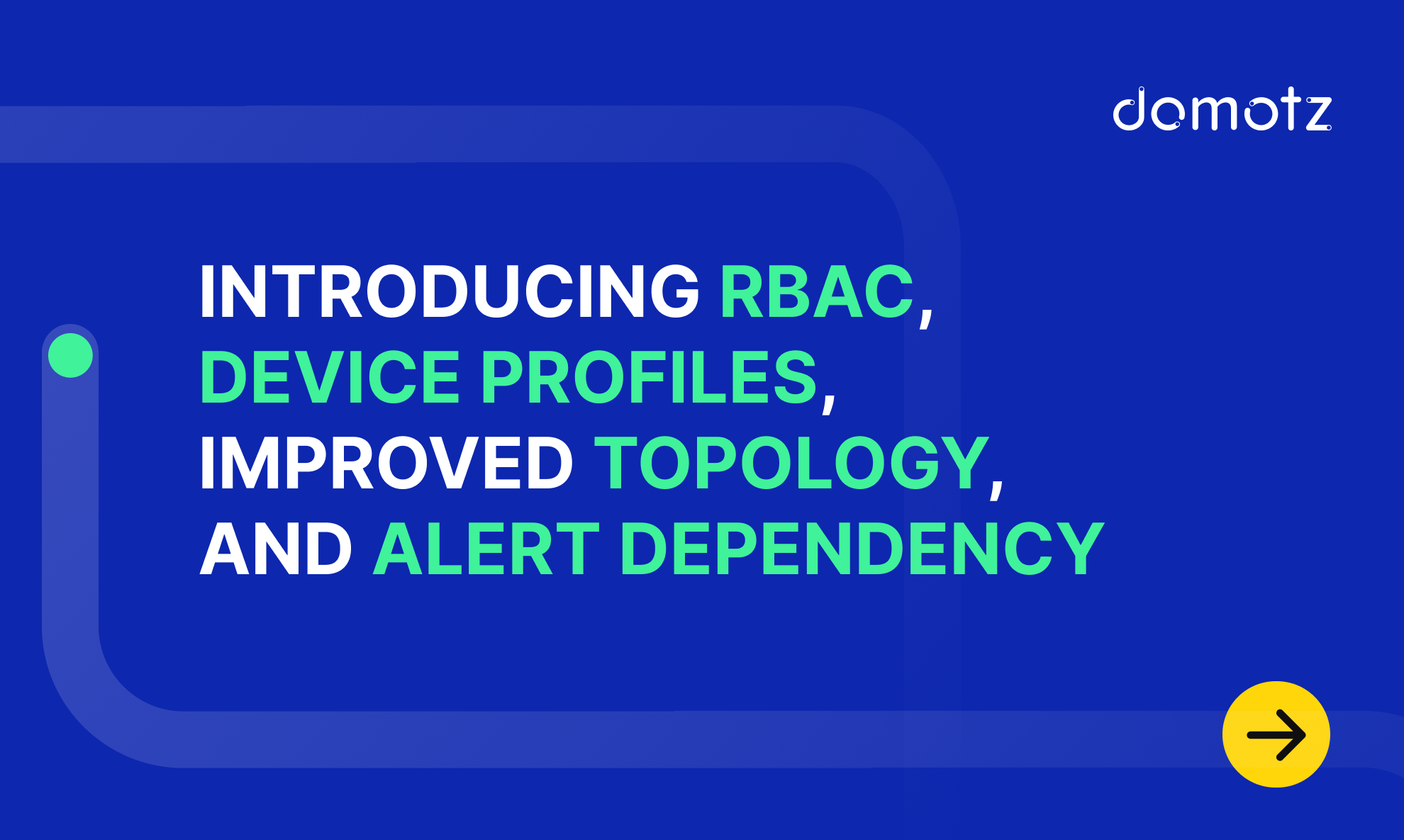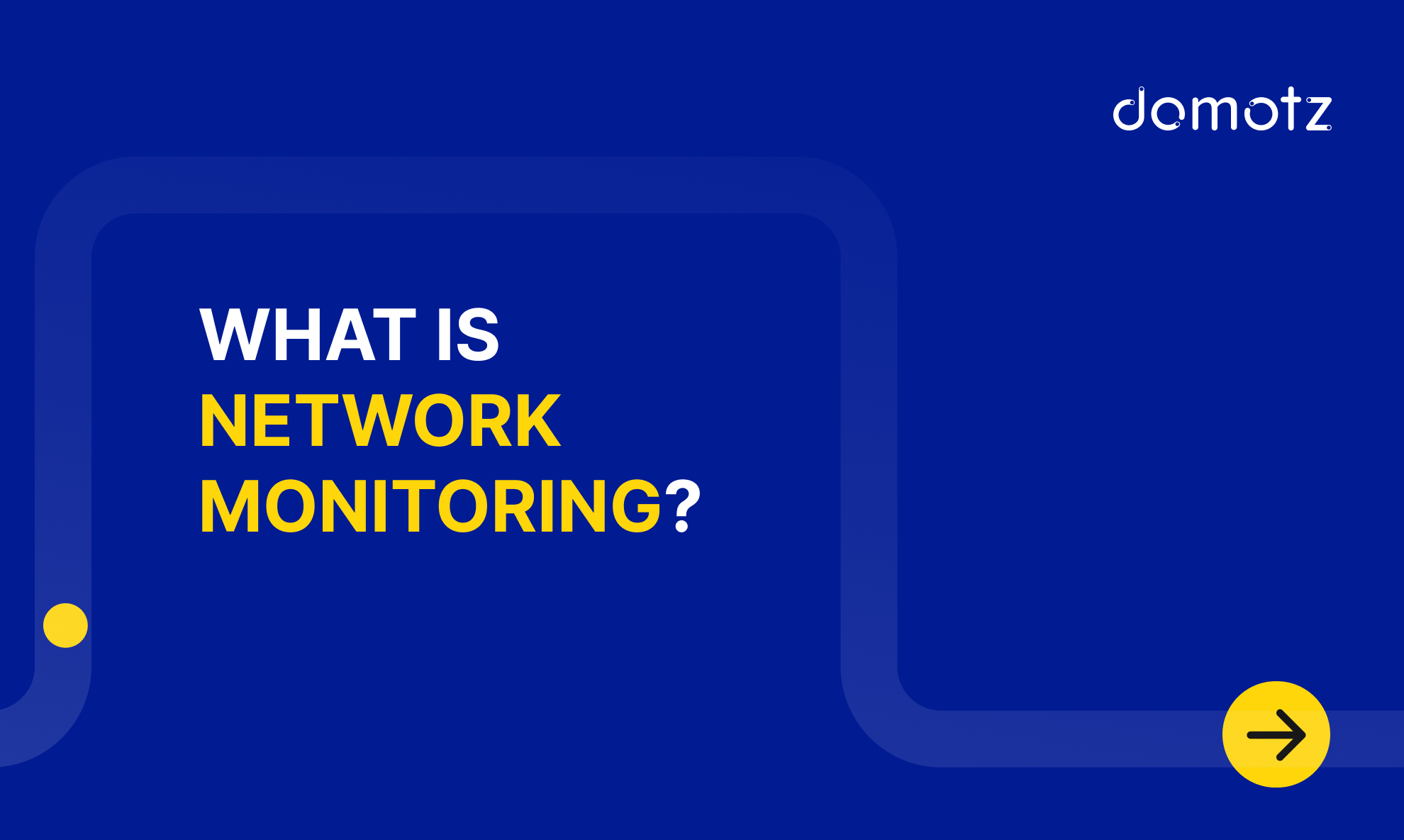Last week we talked about remote monitoring and management (RMM) as a platform on which to build a premium customer service program and generate additional revenue. In this installment, let’s focus more on how RMM can be used to help CI pros bolster the bottom line by improving operational efficiency.
First, let’s explore the concept of cost reduction. After all, who doesn’t like saving money? In an industry that historically has been built around onsite customer service, just think about all the truck rolls you make on an annual basis. Now, think about how many of those truck rolls end up being for simple issues (like rebooting a device) that could have easily been resolved with the right remote management tools. What would be the direct cost savings if you could simply avoid those unnecessary truck rolls? For the vehicle itself, you incur fuel, maintenance, insurance, and depreciation costs. Those miles aren’t free. Then, what about the labor? The technician’s time includes a host of costs, including salary or wages, taxes, insurance, benefits, and administrative overhead. Depending on the market and market segment, industry surveys estimate the direct cost of a service truck roll is in the neighborhood of $150 to $250—or more.
Direct costs aren’t the only hit to your bottom line. Sending a technician to a customer site can often be a double-whammy. You not only incur real costs, but also miss out on new customer opportunities and real profits. What are the opportunity costs associated with an unnecessary truck roll? Like all of us running a business, you have limited human and financial resources. How might you have better utilized the technician’s time in more profitable activities? Chances are, that truck and technician could have been more useful and productive installing new equipment or upgrading equipment—and that those activities would have been far more beneficial to the bottom line.
So, what if you could avoid unnecessary site visits? What if you could reboot a controller, a wireless access point, or a security camera without even bothering the customer to make an appointment or sending a technician out to fix a problem? What if less experienced, less expensive support personnel (even clerical staff!) could screen problems and resolve simple issues remotely in minutes, dispatching skilled technicians only when it’s absolutely necessary?



